Fire Damage Photo Gallery
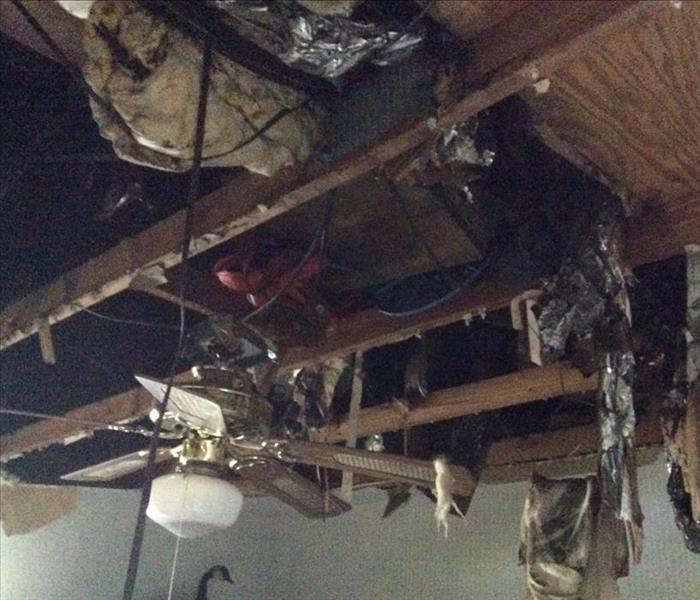
Bloomingdale Attic Fire Damage
The short in the attic led to significant fire damage in this Bloomingdale home. SERVPRO provides expert FSRT fire and smoke damage technicians to scope the damage, and then execute a plan for debris removal and restoring safe indoor air quality. This job will take many days to complete through the build back.
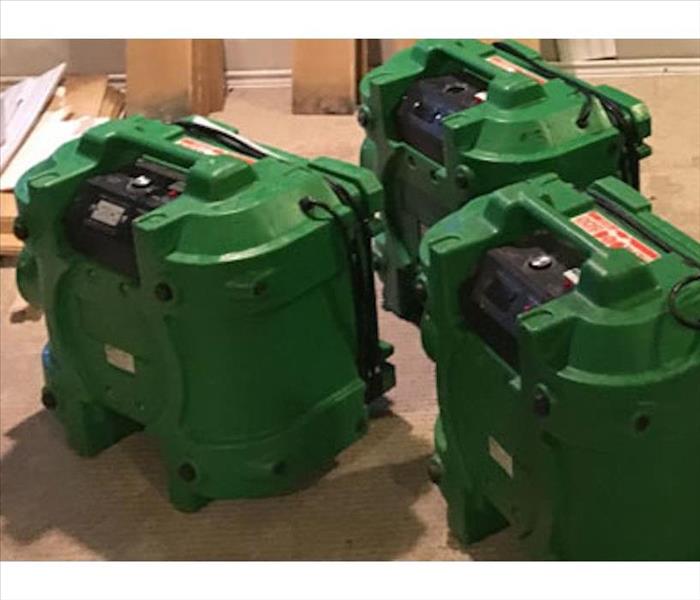
Fish Hawk Fire Cleanup
Small fires that do not cause structural damage to a Fish Hawk residence often do leave behind a harsh, pungent smoke odor. To improve indoor air quality, SERVPRO techs can deploy several air scrubbers to remove impurities from the indoor air environment. Pictured are three of these devices.
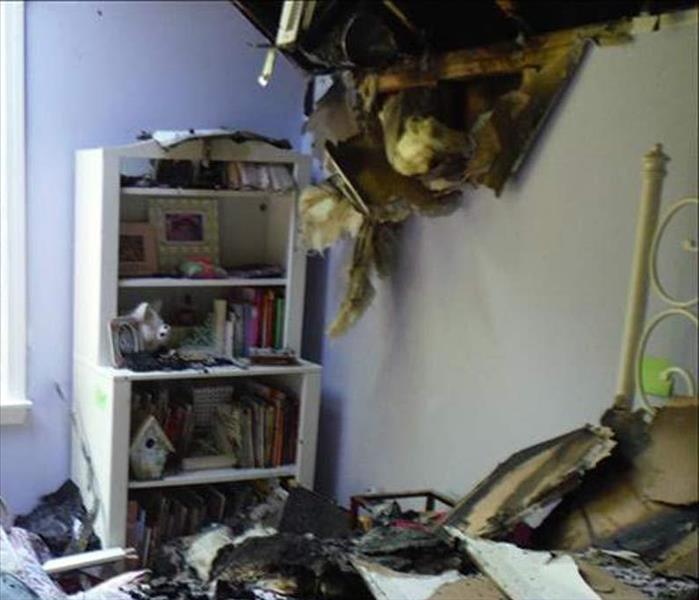
Riverview Fire Damage Demolition
The attic fire in this Riverview house poses a safety risk. SERVPRO can tear out, bag, and then remove all the charred building materials as shown in the Photo. Once the fire-damaged zone is clean, we can continue with the restoration.
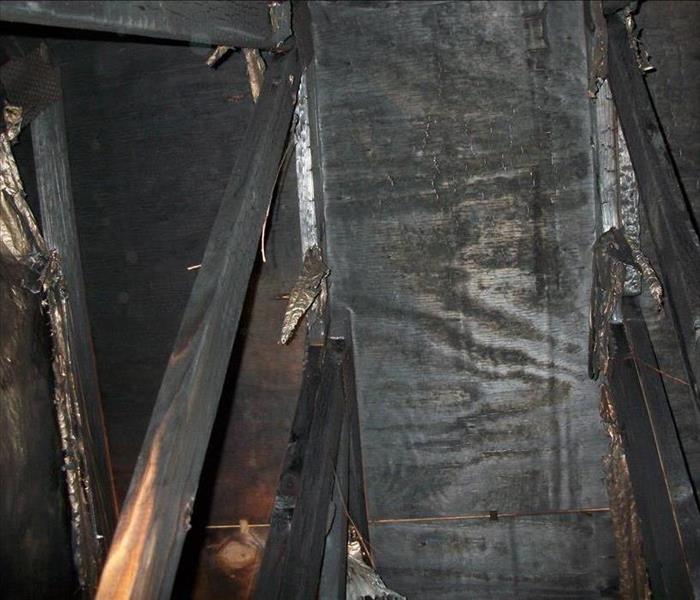
Bloomingdale Attic Fire Damage
The charring in this Bloomingdale attic, though it looks significant, can be remedied without demolition. SERVPRO can utilize dry ice blasting to remove the soot and slightly charred surfaces of the trusses and sheathing and then replace the vapor barriers.
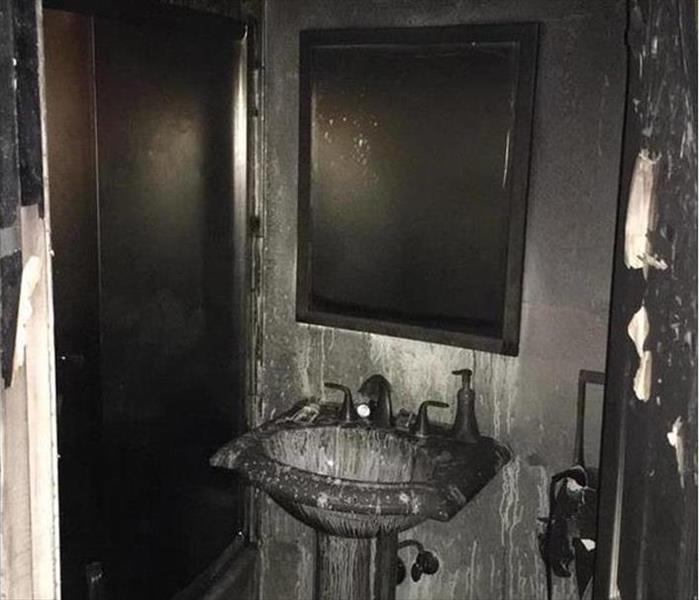
Boyette Bathroom Fire Damage
The soot and water-stained bathroom in this Boyette bathroom needs specialized detergents and tools that SERVPRO can provide for a fire damage restoration service. When completed, our clients can feel "Like it never even happened."
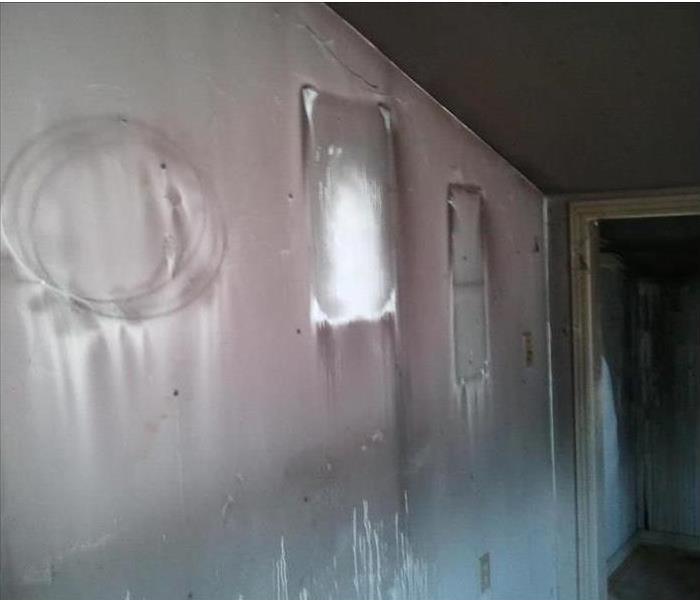
Bloomingdale Fire and Water Damage
The walls and ceiling in this Bloomingdale home are coated with sticky soot mixed in with the water used for extinguishing the blaze. SERVPRO technicians can use special chemical sponges and pretest with various cleaners to remove the bulk of the fire damaging deposits. The purpose is to minimize any demolition of building materials.






 24/7 Emergency Service
24/7 Emergency Service